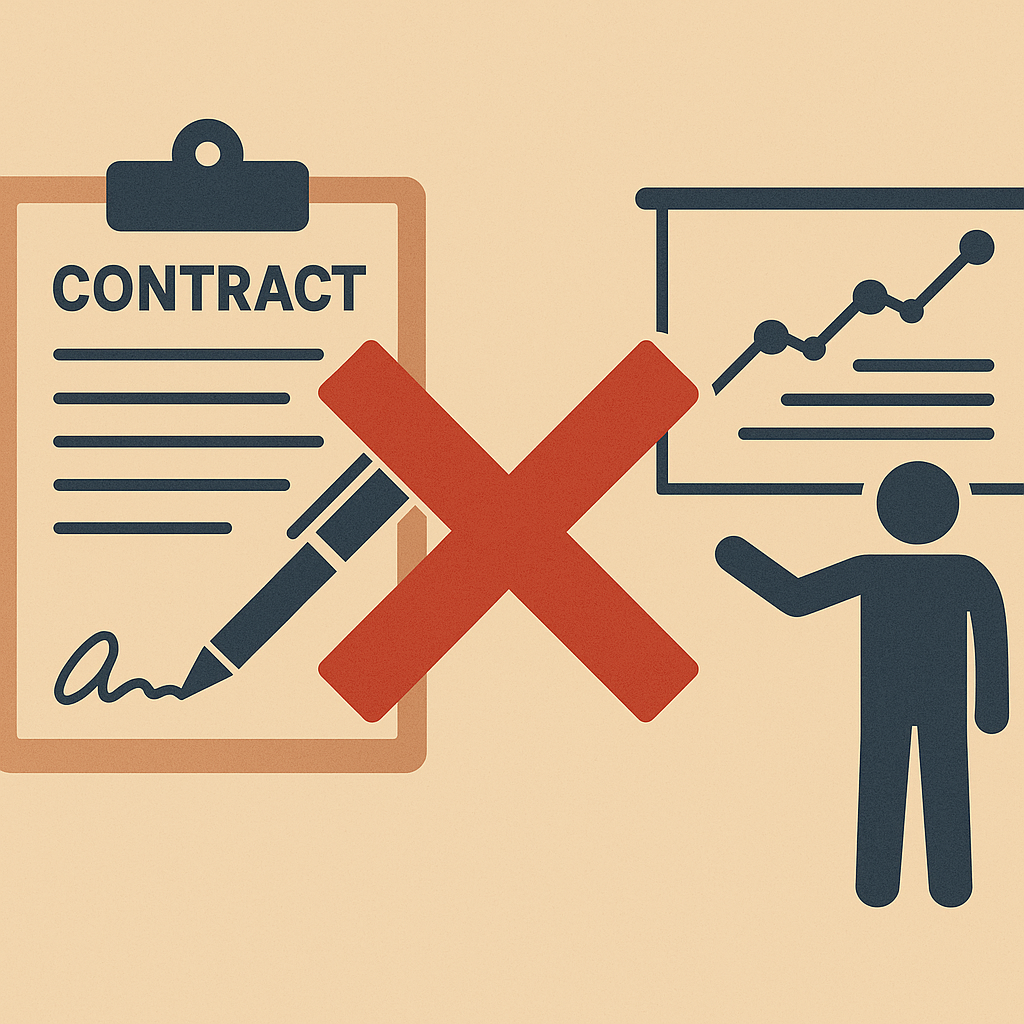From Torque to Tension: When Distributorship Dreams Unwind
 What happens when a long-standing distribution relationship morphs into a promise of “forever” — and then collapses under the weight of commercial reality?
What happens when a long-standing distribution relationship morphs into a promise of “forever” — and then collapses under the weight of commercial reality?
That’s the story in Torc Solutions Pty Ltd v Unex Corporation d/b/a Hytorc [2025] FCA 1124, where the Federal Court had to untangle claims of perpetual agreements, economic duress, misleading conduct, and an alleged “termination strategy”.
The Background
Torc Solutions was the Australasian distributor of torque wrenches and industrial tools sold by US entities Torc LLC and Hytorc.
When Torc LLC shut down globally in 2020, Torc Solutions looked to keep its business alive through a home-branded (“private label”) supply deal with Hytorc.
A teleconference between the parties fuelled Torc’s belief that an ongoing “Hytorc Agreement” had been struck, giving them perpetual supply rights on the same terms as their earlier Distributor Agreement.
Later, a formal Branded Product Distribution Agreement (BPDA) was signed. When that deal fell apart over insurance requirements and Hytorc’s decision that the arrangement was no longer viable, Torc alleged that:
-
a binding agreement already existed from the teleconference,
-
the BPDA was signed under economic duress, and
-
Hytorc had engaged in misleading, deceptive, and unconscionable conduct.
The Court’s Findings
Justice Neskovcin dismissed all claims by Torc, finding:
-
No perpetual contract – Courts rarely find distributorships to be “forever agreements”. The Distributor Agreement ended when Torc LLC closed.
-
No binding teleconference deal – The discussions fell into Masters v Cameron’s third category: “we’ll get something in writing later”. No enforceable contract arose until the BPDA was executed.
-
No duress – Telling a counterparty “sign the agreement or we won’t supply” was not unlawful pressure, but part of hard commercial bargaining.
-
No misleading or unconscionable conduct – The evidence didn’t support that Hytorc had promised supply it never intended to provide.
Bottom line: application dismissed.
Why It Matters
For brand owners and distributors alike, the lessons are sharp:
-
Paper it, or risk it – A teleconference transcript doesn’t replace a signed agreement.
-
“Forever” is a fantasy – Unless clearly expressed, distributorships and licences will be terminable.
-
Economic duress is hard to prove – Commercial pressure, even bluntly applied, rarely crosses the line.
-
Don’t over-rely on private label promises – A failed transition can leave the distributor exposed.
This case is a reminder that distribution and licensing deals live and die by what’s actually written down.
 When two businesses with nearly identical names lock horns, things usually come down to trade marks, passing off, and reputation. But in Jacksons Drawing Supplies Pty Ltd v Jackson’s Art Supplies Ltd (No 2) [2025] FCA 1127, the real fight was over disclaimers, pop-ups, sticky banners, and user attention spans.
When two businesses with nearly identical names lock horns, things usually come down to trade marks, passing off, and reputation. But in Jacksons Drawing Supplies Pty Ltd v Jackson’s Art Supplies Ltd (No 2) [2025] FCA 1127, the real fight was over disclaimers, pop-ups, sticky banners, and user attention spans. Cirrus Real Time Processing Systems Pty Ltd v Jet Aviation Australia Pty Ltd (formerly Hawker Pacific Pty Ltd) [2025] FCAFC 85
Cirrus Real Time Processing Systems Pty Ltd v Jet Aviation Australia Pty Ltd (formerly Hawker Pacific Pty Ltd) [2025] FCAFC 85 As AI capabilities become standard fare in SaaS platforms, software providers are racing to retrofit intelligence into their offerings. But if your platform dreams of becoming the next ChatXYZ, you may need to look not to your engineering team, but to your legal one.
As AI capabilities become standard fare in SaaS platforms, software providers are racing to retrofit intelligence into their offerings. But if your platform dreams of becoming the next ChatXYZ, you may need to look not to your engineering team, but to your legal one. When a former executive walks away with your China-based supplier list and gives it to a competitor, you’d expect a legal showdown. That’s exactly what happened in New Aim Pty Ltd v Leung (No 4) [2025] FCA 747 —but the result was not what New Aim hoped for.
When a former executive walks away with your China-based supplier list and gives it to a competitor, you’d expect a legal showdown. That’s exactly what happened in New Aim Pty Ltd v Leung (No 4) [2025] FCA 747 —but the result was not what New Aim hoped for. When a new business relationship begins, it’s tempting to grab a contract off the shelf, tweak a few names and dates, and call it a day. After all, the “real work” is about to start — the paperwork just needs to keep up. Right?
When a new business relationship begins, it’s tempting to grab a contract off the shelf, tweak a few names and dates, and call it a day. After all, the “real work” is about to start — the paperwork just needs to keep up. Right?